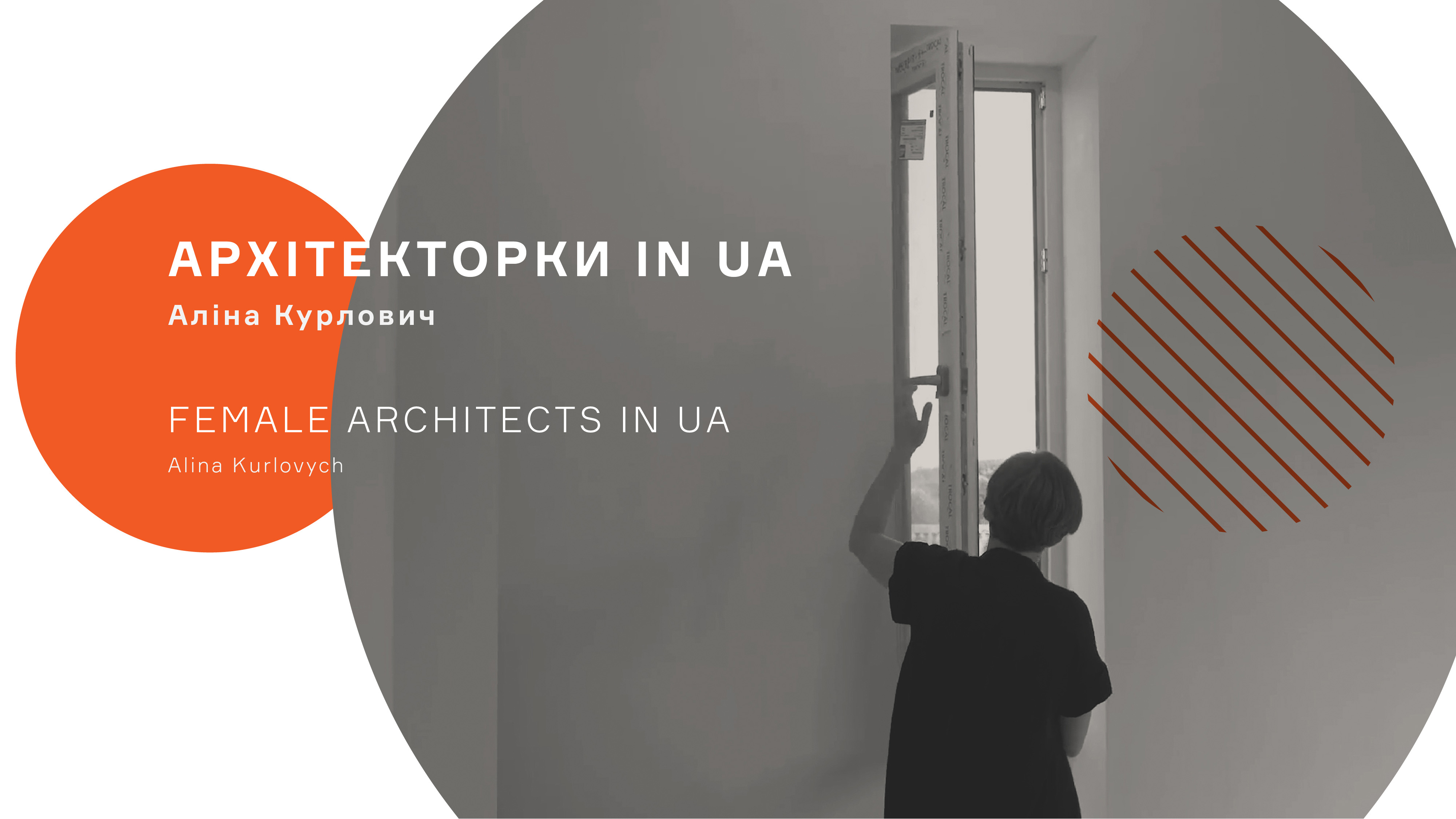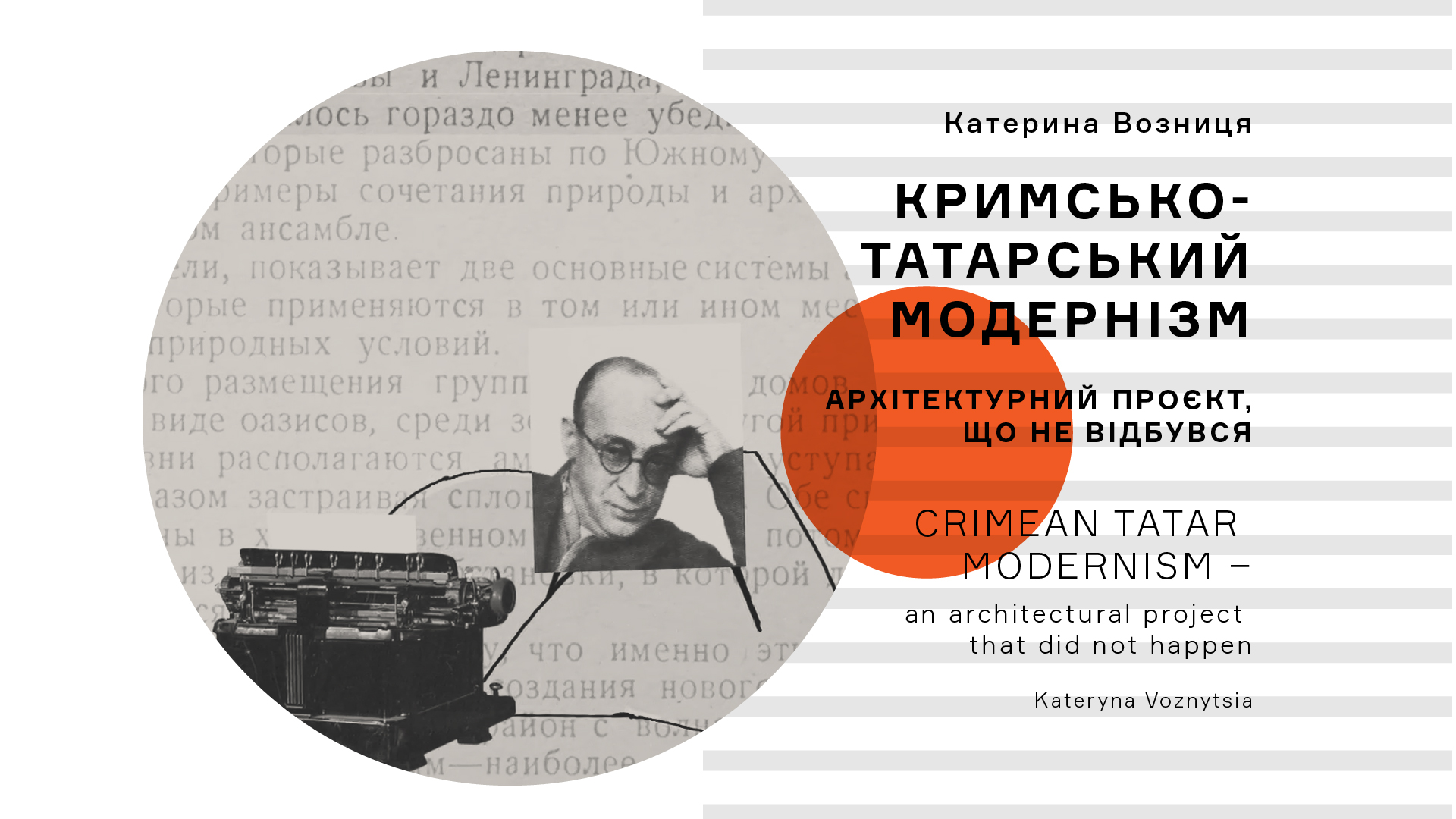After iron ore deposits were discovered a quick development of mining industry started (there was also brown coal in the northern part of the future city, where back then the estate of Kharin was situated). The city found itself surrounded by mineries of new stock companies: The Anonymous Society of Ironstone of Kryvyi Rih (Paris), The Rakhmanivka Company of Ironstone Mines – Kryvyi Rih (Brussels), the society of Bryansk metallurgic plant (Katerynoslav, today – Dnipro) etc. The mineries were established on the territories of estates, some landlords even opened mining companies themselves. Along the iron-producing area, a feeder of Katerynoslav railway was laid, which connected Kryvyi Rih with Katerynoslav and the mines of Donbas. This enabled a prompt transportation of the mined raw materials to the metallurgic plants of Kamyanske and Katerynoslav and stimulated the opening of similar plants in Kryvyi Rih itself (Hdantsiv iron foundry). Already in late 1890s, the mineries of Kryvyi Rih basin took the 1st place according to the volumes of mined ironstone in the Russian Empire. Despite the heavy economic crisis of 1900–1903 and considerable drop in production, the Russian, French and Belgian capital invested into the local enterprises made great profit.
Miners' villages, which back then didn't belong to the city, started appearing around the mineries. Both travelers from far away places, e.g. from the inner Russian provinces, and residents of neighboring villages migrated there massively. The mines, the open-cuts and villages lined as a narrow strip from North to South along the modern borders of Kryvyi Rih. The labor conditions at the mineries and the living conditions in the miners' villages were sometimes even worse than those on Donbas, because the local laborers established the first trade unions relatively late. To give you an example, the first zemstvo hospital in Kryvyi Rih was opened only back in 1895, the laborers lived in dugouts, barracks and lodgements.
After Kryvyi Rih gained the status of a city (1919) and after the reconstruction of the mines abandoned during the years of revolution started, the new authorities began to implement the "new lifestyle" for the local workers. The most spectacular example was the construction of Socialist city as a satellite district of Kryvorizhstal in the early 1930s. During the reconstruction of the mineries and iron foundry enterprises after the revolution (in particular, the local power station of Kryvyi Rih in 1927) the official propaganda actively used the mottos of the "new life" and played with the enthusiasm of the working masses. But the reality was different: the living conditions of the workers didn't differ too much from those before the revolution. The overall size of the newly constructed residential buildings didn't correspond with the calculated number of the workers who worked at the local enterprises. The housing was constructed not for them but for the leadership and a small amount of shock workers.
The only thing that changed considerably was the education. During the 1920s – 1930s the state of education has improved radically. A new network of primary, secondary, professional and technical schools was established. For the first time, places of higher education mining and pedagogical institutes were established. Illiteracy was eradicated as libraries were built and mineries started publishing their own newspapers.
The new authorities required workers to be literate. Given the scarcity of capable engineering staff, talented and experienced workers could be educated for promotion. As one could expect, the local education establishments aimed at preparing staff for local production.
A similar process took place after World War II, when the authorities exploited the workers' enthusiasm to reconstruct the ruined enterprises. Interestingly, it was the blocks of pompous Stalinist buildings which decorated the streets along the 'red line'. Meanwhile most of the workers lived in 'single-family' houses of the old miners' villages until the 1960s. It was only during the period of Khrushchev Thaw and the Era of Stagnation when the mass standard housing changed the landscape of the city. In the 1970s – 1980s a chain of new blocks were built (the Sonyachny, Hirnytsky, Industrialny, Skhidny, Zarichny...) along the eastern city border. Because of their remote location from the central transport corridor of the city, they realized an ambitious project and constructed a light metro – the high speed tram, which connected the new residential areas with the Socialist city.
Since the post-war period, Kryvyi Rih has been facing the problem of restoration of the natural landscape where the empty mining pits are situated. The shallow mines of the pre-revolutionary period are in constant danger of collapse.
This is why the areas of some villages have not only become uninhabitable but even dangerous for visitors. The old open-cuts and spoil dumps next to them constitute quite a Martian landscape, while the red dust makes the impression even more striking. Moreover, due to the location of the Social town immediately next to the former Krivorizhstal enterprise (now – Private Joint Stock Company 'ArcelorMittal Kryviy Rih'), there is often smog over the residential area because of the emissions.
One can feel the lack of decent transportation: the city is extended for several dozens of kilometers from the North to the South. It takes around three hours to get from the northern end of town to the southern one on public transport. This is why the residents of the northern and southern outskirts are forced to work next to the places where they live and their mobility is severely restricted. The connection of the residential areas to the production objects has made the residents their hostages. For example, the residents of two Northern residential areas (PivnGZK and Damansky) can either work only at the local enterprise and its mines or at not numerous enterprises of the 'third sector'. Otherwise they will have to move elsewhere.
As a result, constant depopulation of the city can be observed. After the peak of 1989 (713 thousand inhabitants) the population has been decreasing consistently ever since and even the affiliation of the city of Inhulets in 2002 with its population of 40 thousand people didn't not save the situation. As for today, the population has decreased by 620 thousand people. The depopulation caused a complete stop of residential construction in 1990. Since two decades only one multi-storey residential house has been put in commission and a former hotel has been reconstructed to become an accommodation unit. The real estate prices – except for the central areas – are among the lowest nationwide. Instead, they have built several trade and entertainment centers, dozens of churches, while in some cases they have made former culture palaces and cinemas to supermarkets and churches. One of the victims to the city's depopulation was the airport, which barely functioned back in 2000, stopped completely in 2012–2013 and since 2014 serves only for season charter flights to Turkey and Egypt.

































